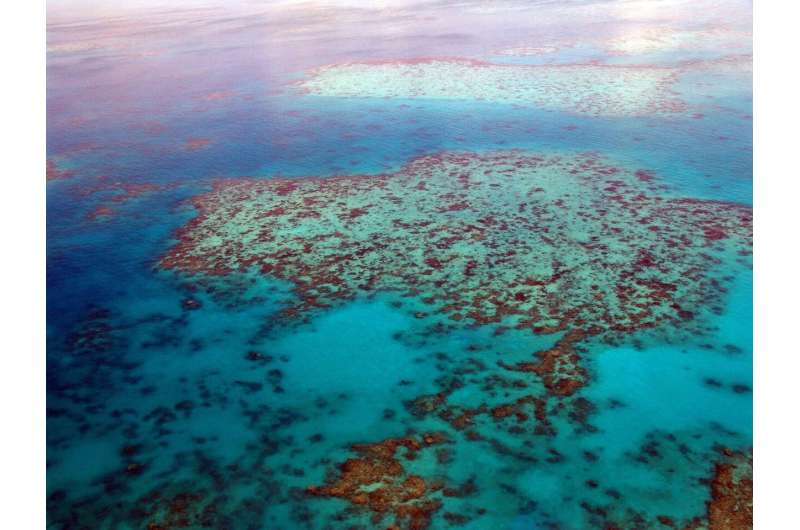
In past bleaching events on the Great Barrier Reef, the southern region has sometimes been spared worst of the bleaching. Not this time. This year’s intense underwater heat has triggered the most severe heat stress ever seen on record. Only 3% of surveyed southern reefs have not bleached at all. It’s shaping up to be the most severe and widespread bleaching of the southern reef, while mass bleaching has hit other areas of the reef in the fifth mass bleaching event in eight years.
We’re shocked and saddened by images of stark white coral skeletons. But the damage done by heat underwater goes much further. A living coral reef is a complex ecosystem teeming with vastly more species than the corals. Not only that, but 95% of the habitat on the reef is not coral, but sediment and sand, hotspots of hidden biodiversity. So, what happens to this cornucopia of life when subjected to extreme temperature stress?
We are currently on One Tree Island on the southern reef. It’s home to a research station and has one of the highest levels of protection within the whole reef.
What have we found? So far, the signs are not good. When we dive underwater, we can taste the change as stressed and dying corals release chemicals into water. When we bring back samples, the smell is distinctly sulfurous and sour. We see not just bleached hard corals, but also bleached anemones and soft corals. There are few starfish or sea urchins, yet algae growing on dead coral is attracting more herbivorous fish.
Damselfish and gobies, which usually hide in live coral heads, were now having to hide in dead, algae encrusted coral. Common parrotfish species were there in substantial numbers, suggesting they are benefiting from eating algae on the dead coral.
Sea stars, shell animals and sea urchins were scarce. This was as we feared, as these mobile macroinvertebrates are in widespread decline. If they go, the reef will lose the ecological services which these animals provide, as these organisms recycle nutrients and eat detritus, while some also hunt prey.
From the sky, the Barrier Reef presents as patches and lines of reef, interspersed with a great deal of sand. These sediment and sand communities are not barren. They’re hotspots for crustaceans and worms, feeding grounds for many fish, and the sites where a great deal of nutrient cycling takes place. They are very likely to be hit hard by the heat.